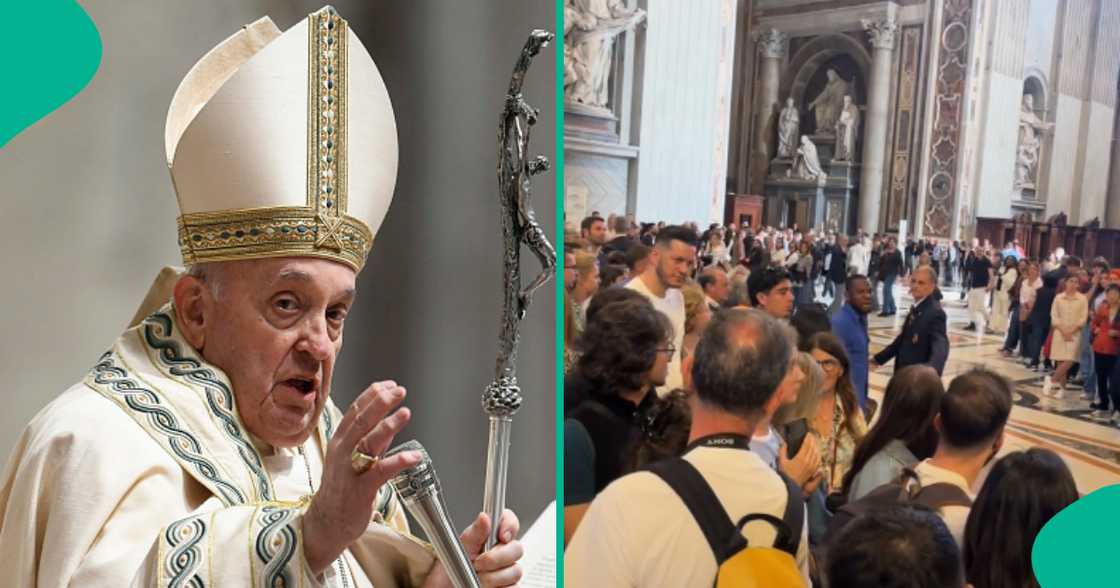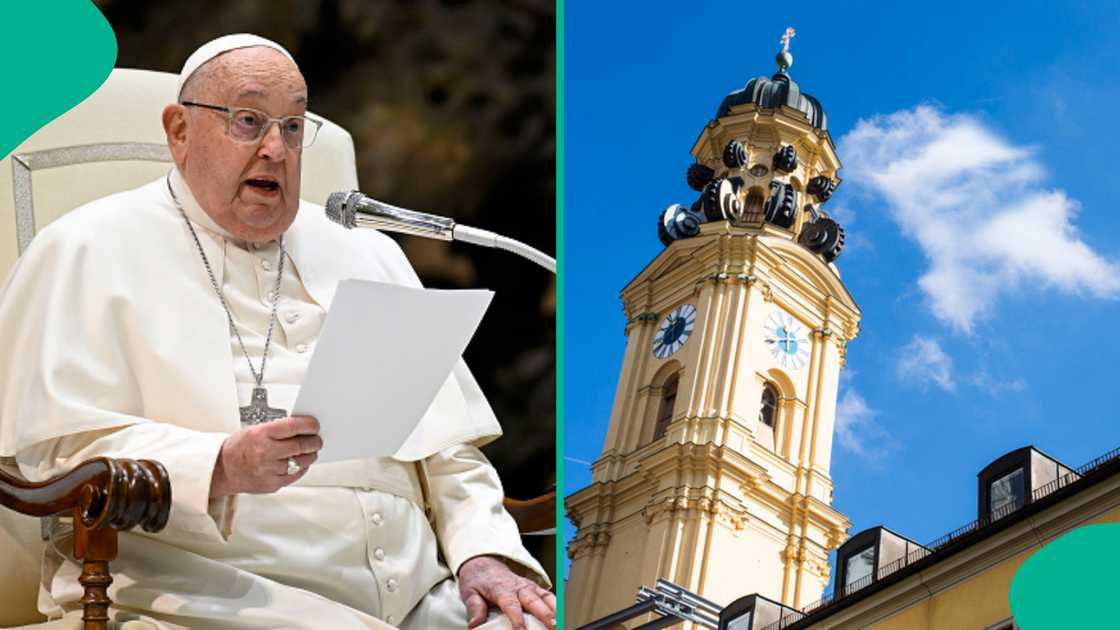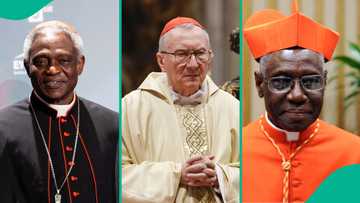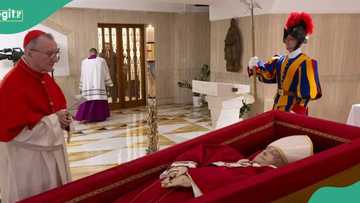Selection Process for the Next Pope Scheduled to Commence as Date is Confirmed
- Pope Francis passed away on April 20 at the age of 88 due to a stroke and irreversible heart failure, leaving the papacy vacant
- His funeral in St. Peter's Square drew over 200,000 mourners, including world leaders such as U.S. President Donald Trump and Ukraine President Volodymyr Zelenskyy
- The College of Cardinals is set to convene in a papal conclave to select the next pope, with the secretive voting process and iconic smoke signals marking the historic transition
On Easter Monday, Pope Francis passed away at Rome's Gemelli Hospital after suffering a stroke and irreversible heart failure at the age of 88.
With the passing of Pope Francis, who presided over the Roman Catholic Church and its estimated 1.4 billion followers for 12 years, attention now turns to the selection of his successor.

Source: Getty Images
The decision is made through a time-honored process known as the conclave, which the Vatican announced will start on May 7.
His funeral, held on Saturday at 10 a.m. local time in St. Peter's Square, Vatican City, brought together over 200,000 mourners, including prominent world leaders such as U.S. President Donald Trump, Ukraine President Volodymyr Zelenskyy, and former U.S. President Joe Biden.
As the Catholic Church mourns the loss of its spiritual leader, the focus shifts to the selection process for his successor.
How is a new Pope chosen?
The selection of a new pope begins with a papal conclave conducted by the College of Cardinals. This group, comprising bishops and Vatican officials chosen by the pope, convenes to assess the needs of the Church and select the next leader under the guidance of the Holy Spirit.
Held within the Sistine Chapel, conclave participants take an oath of secrecy, ensuring that only electors are present during deliberations. Voting occurs through secret ballots, with cardinals casting their votes in a chalice. Four rounds are conducted daily until a candidate receives the requisite two-thirds majority.

Source: Getty Images
Timeline and history of Papal conclaves
Typically, a conclave is held 15-20 days after a papal vacancy. However, the duration of the conclave depends on how quickly one candidate secures the necessary votes. Historical records reveal that the longest conclave spanned nearly three years, resulting in the election of Pope Gregory X in 1271. Conversely, Pope Francis was elected within a day in 2013, highlighting the variability of the process.
Informing the public of the new Pope
Despite the secrecy of the conclave, the public is kept informed through a colour-coded smoke signal emitted from the Sistine Chapel's chimney. Black smoke signifies an inconclusive vote, while white smoke indicates the successful selection of a new pope.
Following the decision, the senior cardinal deacon announces the name of the new pontiff from the balcony of St. Peter's.
As the Catholic Church navigates this transition, global attention remains fixed on the conclave and the future direction of the papacy.
Pope Francis' legacy of compassion and reform leaves behind a profound impact, as the College of Cardinals embarks on the sacred task of choosing his successor.
First words of acting Pope released
Legit.ng earlier reported that at 9:45 AM on April 21, Cardinal Kevin Farrell, acting Pope also known as Camerlengo of the Holy Roman Church, officially announced the death of Pope Francis as his first words, delivering a solemn statement from Casa Santa Marta.
He confirmed that at 7:35 AM, Pope Francis had passed away, dedicating his life to faith, service, and the Gospel’s teachings.
PAY ATTENTION: Сheck out news that is picked exactly for YOU ➡️ find the “Recommended for you” block on the home page and enjoy!
Source: Legit.ng





